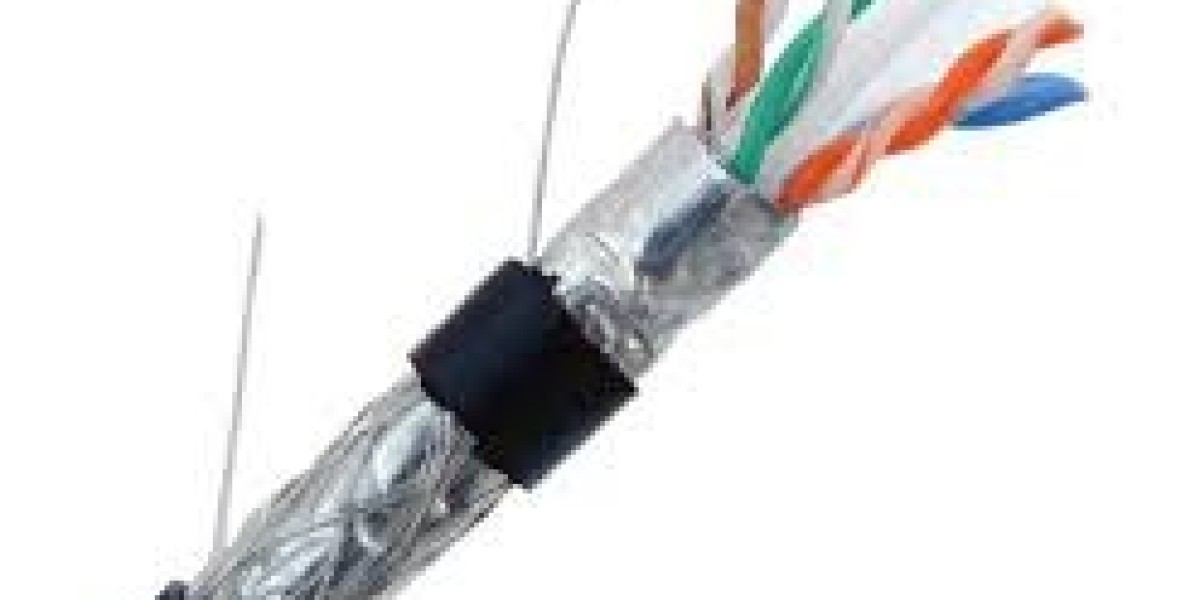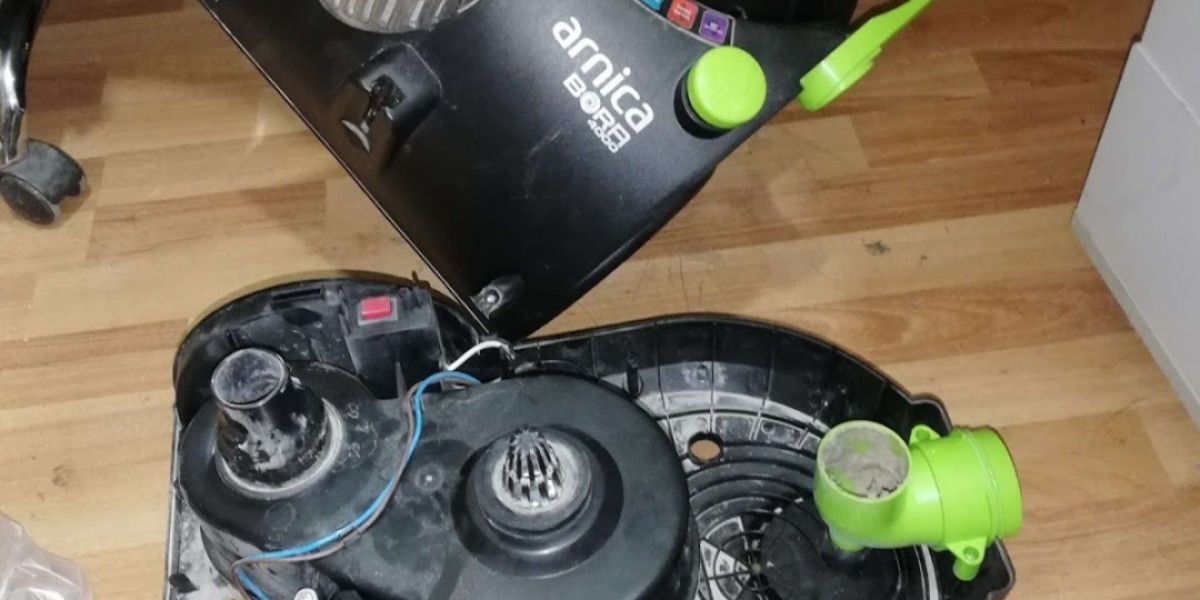When you're building a network in a place packed with electrical interference—think factories, hospitals, data centers, or even open office spaces—you can't just run any old Ethernet cable and hope for the best. The wrong cable choice in a noisy environment can mean dropped packets, corrupted data, lag, and a ton of frustration. That’s where Cat6 shielded cable comes in.
Let’s break down why choosing Cat6 shielded cable isn’t just smart—it’s necessary when you’re up against serious electrical noise.
First, What Exactly Is Shielded Cat6 Cable?
Cat6 shielded cable, often labeled as Cat6 STP (Shielded Twisted Pair) or FTP (Foiled Twisted Pair), is designed to reduce electromagnetic interference (EMI) and radio frequency interference (RFI). It’s built like a regular Cat6 cable—supporting gigabit speeds and high bandwidth—but with one key difference: it includes shielding to protect the inner conductors.
The shielding can come in different forms:
Overall foil shield: A metallic foil wraps around all four twisted pairs.
Individual pair shielding: Each twisted pair is shielded on its own.
Braided shield: Often used in high-end industrial setups for maximum protection.
The purpose of all this shielding? Keep the signal clean, stable, and free from external noise.
The Problem with Noisy Environments
Electromagnetic interference (EMI) isn’t some fringe problem. It’s everywhere—especially in buildings loaded with electronics, power lines, HVAC systems, industrial equipment, and wireless devices. Even fluorescent lights and elevators can mess with your data signals.
In a typical “noisy” environment, you’re dealing with:
Crosstalk from adjacent cables
Electrical noise from machinery
Wi-Fi saturation
Power fluctuations from heavy-duty systems
If your network cable isn’t built to handle that kind of interference, you’ll get signal degradation—basically, data getting messed up or lost along the way.
This is where shielded Cat6 cable becomes your best friend.
Why Go Shielded? The Real Benefits
1. Minimized Interference
The most obvious reason to go shielded is right in the name. The cable’s shielding acts like a barrier between your data signal and the electromagnetic chaos outside.
Whether you're running cable near power lines, machinery, or high-traffic areas with a lot of wireless signals, a shielded cable can help keep your signal strong and clean.
2. Better Data Integrity
When interference hits an unshielded cable, it can cause errors in data transmission. Shielded Cat6 helps prevent those errors before they happen. That means fewer corrupted files, fewer retransmissions, and a more stable connection overall.
3. Higher Speeds, Consistently
Cat6 is rated for up to 10 Gbps at 55 meters in high-interference conditions. But here’s the catch—those speeds only hold if the signal isn't being wrecked by EMI. Shielding makes sure your Cat6 cable actually performs the way it’s supposed to, even when surrounded by noise.
4. Future-Proofing
Shielded Cat6 might cost a bit more upfront, but it pays off in longevity. As your network grows more complex and bandwidth demands increase, that extra layer of protection becomes more valuable.
Plus, if you’re thinking about upgrading to PoE+ or other advanced tech, shielded cables can handle the increased electrical load better than unshielded ones.
5. Compliance in Sensitive Installations
In environments like hospitals, laboratories, or broadcasting stations, shielding isn’t just a bonus—it’s a requirement. These are places where data integrity is critical and EMI is everywhere.
Where Shielded Cat6 Shines
Not every building needs shielded cable. If you’re wiring a quiet home office, unshielded Cat6 (UTP) might be fine. But if any of the following applies, shielded Cat6 is the smart choice:
- Manufacturing Plants
Heavy machinery, conveyor belts, motor systems—EMI is off the charts in most industrial setups. If your network cables are running alongside this kind of equipment, shielding is a must.
- Hospitals and Medical Facilities
Medical devices like MRI machines and X-rays generate serious electromagnetic fields. Plus, patient records and real-time data transmission are critical. There’s no room for errors here.
- Broadcast and Recording Studios
Audio and video signals are highly sensitive to interference. Shielded cables keep things clean, avoiding hums, dropouts, or pixelation in live recordings or broadcasts.
- Data Centers
The sheer volume of equipment, cables, and electrical power in a data center creates a perfect storm for interference. Shielded Cat6 helps preserve performance in high-density setups.
- Office Buildings with Suspended Ceilings and Conduits
Routing cables through ceilings, near lights, or HVAC units introduces EMI risks. Shielded Cat6 ensures your signals make it through clean.
A Note on Grounding (Don’t Skip This)
Here’s the thing—shielded cables only work if they’re properly grounded. If you run shielded cable without a proper ground, the shielding can actually attract interference and make things worse.
So, if you’re installing shielded Cat6, make sure:
You’re using shielded connectors and jacks
The shielding is continuous end-to-end
The cable is grounded at the patch panel or switch
Skipping this step is like putting armor on a soldier and then giving them no weapon. You’re not getting the full protection you paid for.
Comparing Cat6 STP vs. UTP in the Real World
Let’s make this simple.
| Feature | Cat6 UTP (Unshielded) | Cat6 STP (Shielded) |
|---|---|---|
| EMI Protection | Minimal | High |
| Ideal Environment | Low interference | High interference |
| Cost | Lower | Higher |
| Speed Stability | Varies with interference | Stable even in noise |
| Installation Complexity | Easier | Requires grounding and shielded connectors |
The extra cost and complexity of STP are only justified when the environment demands it. But when it does, nothing else comes close.
Installation Tips for Shielded Cat6
If you’re going the shielded route, here are a few pro tips to avoid headaches:
Use shielded keystone jacks and patch panels. Don’t mix and match with unshielded parts.
Avoid sharp bends. Shielding can be damaged if the cable is bent too tightly.
Keep cable pathways separate from power lines. Shielding helps, but distance is still your friend.
Test everything. Use a cable tester that supports shielded cable to make sure your connections are clean.
Final Verdict: Is Shielded Cat6 Worth It?
Absolutely—if your environment is noisy.
Cat6 shielded cable is your insurance policy against interference. It's not the cheapest option, and it’s not always necessary, but in the right context, it's the smartest investment you can make in your network infrastructure.
Think of it like this: if your network is a highway, shielded Cat6 is like building a noise-proof tunnel. Clean, protected, and built to last.







